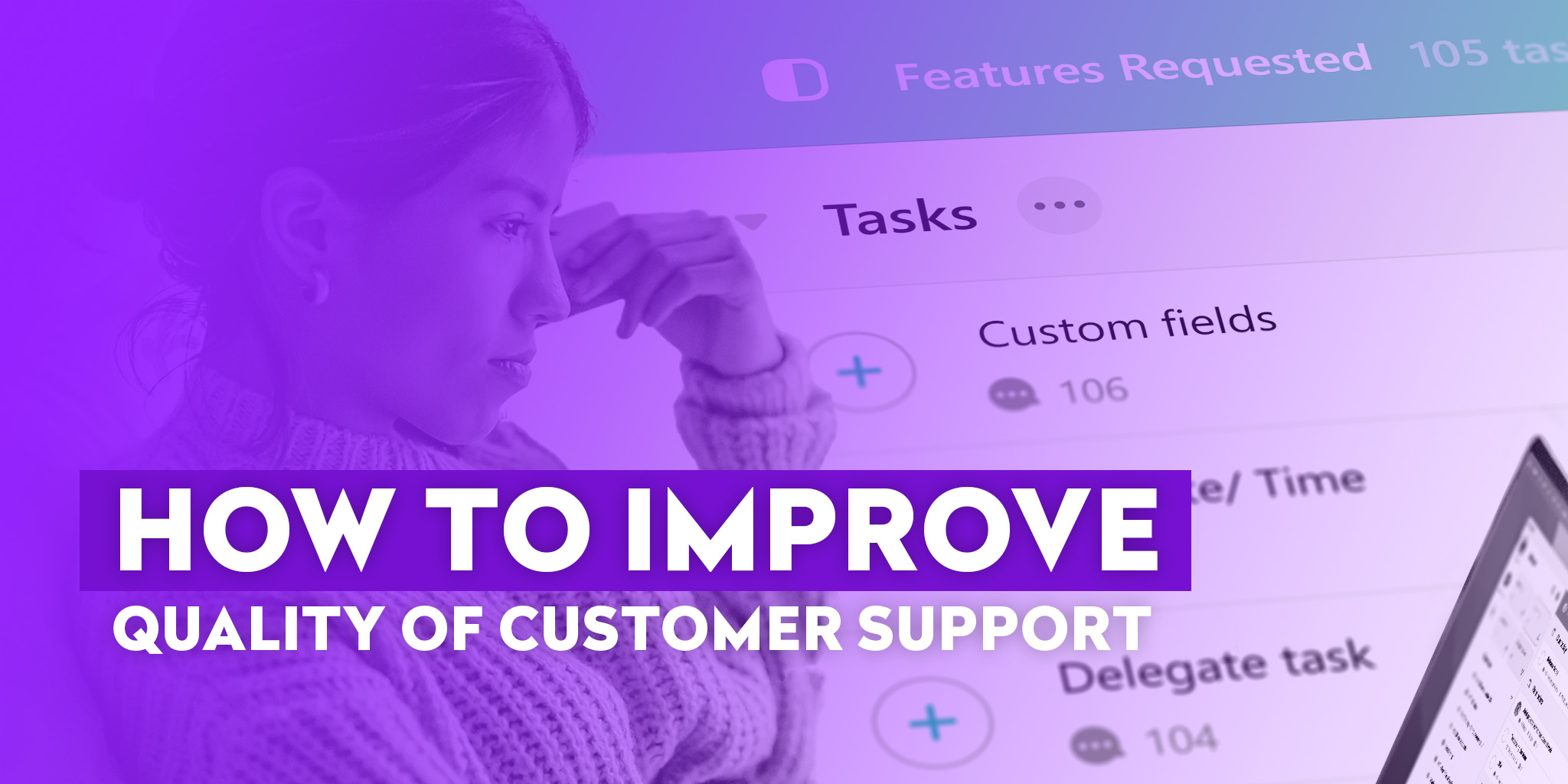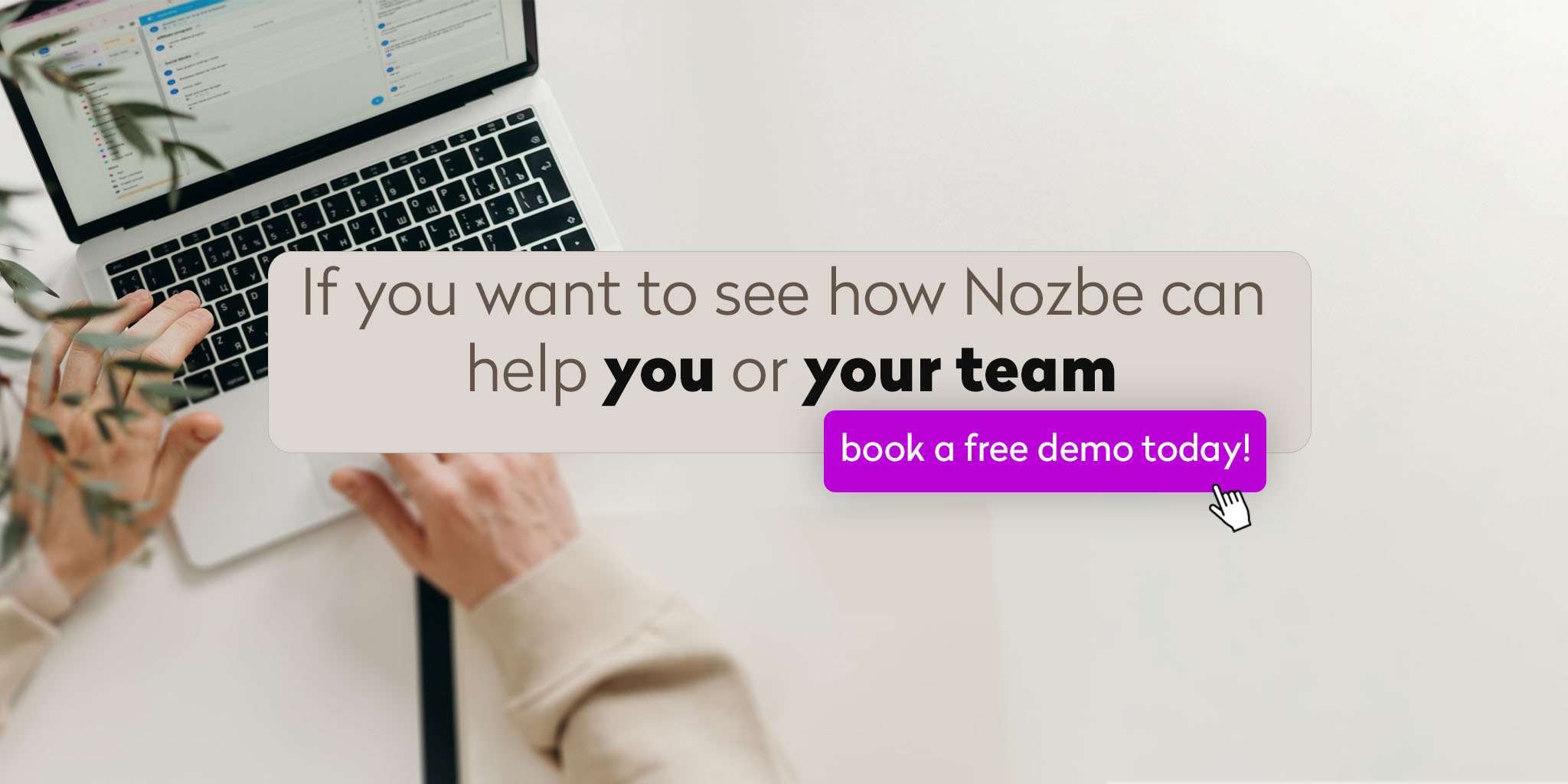
At Nozbe, our own app helps us run the company effectively and efficiently. We use it not only for internal communication and product development but also to take the best care of our clients and provide the highest level of service.
Our Customer Support team has separate projects for clients, user feedback, technical support tickets, feature requests, and so on.
Why You Should Send Follow-Up Emails To Your Customers
Nozbe is an excellent tool for streamlining processes and staying organized. You don’t need to take our word for it. Just look at what our customers say about our handling feature requests and follow-up process:
Thank you so much for the follow-up note. Never really expected that but wow. Incredible.
Wooooow so cool that you remember. It’s impressive :)
Thank you so much for this information. I’m only curious how you remember that once somebody asked about this feature. I bet you used Nozbe to remind you about it.
Thanks very much for the follow-up. Communication means a great deal to me.
You guys are amazing! Thanks so much for your responsiveness and for your follow-up!
We receive many similar emails each time we send follow-ups to Nozbe users. Do you also want to improve the quality of your customer service? Let me show you how we do it.
How To Build a Process For Sending the Right Follow-Ups To the Right People
1. Create a Project For Collecting User Feedback
In Nozbe, we have a special project called “Features Requested.” Many customers share their interesting ideas with us. Sometimes they just complain about an option that is missing. We want to keep the list of feature requests clear. In the Features Requested project, we have a few project sections to categorize the users suggestions: “Tasks”, “Projects”, “Integrations”, “Design”, etc. where we add tasks like: “Custom repeat”, “Project view”, “Tags”, “Calendar”, etc.
2. Categorize User Feedback
Whenever we get a feature request or suggestion on how to improve one of the existing functions, we open this project and find a task that fits best. Then we add a new comment with user’s email address and the idea they sent us. If the idea is completely new, we create a new task and add the first comment with the user’s email address.
3. Try to Understand User’s Needs
We usually want to hear more about how this function would be useful for a user. This helps our dev team understand what this improvement may solve.
Every Nozbe customer can be sure that our team reads all the requests. However, it is impossible to implement every suggestion. We need to decide whether:
- it fits with the app,
- its implementation is technologically possible at the moment
- it would be useful to the majority of our users and make sure it doesn’t conflict with any other features.
4. Do All You Can to Meet Customer Requests
If everything goes well, the new function is designed, tested and finally implemented. (Of course, we have separate projects for these processes, too.)
We have one person on our Customer Support team who is responsible for checking it. She has a recurring “Follow-up process” task in this project. Every week, she checks the release notes that our dev team prepares and goes through the task list to see if we have requests for any of these functions.
5. Choose a Person Responsible for the Process
If new feature like “custom task recurrence schemes” is available, she adds a comment and mentions other Customer Support team members to draw their attention:
New custom recurrences are on production. Please notify your users:
@Ola :
@Emilia :
As you can see, Ola and Emilia are @mentioned in the comment, along with the list of customers who requested this improvement.
6. Keep Your Customers Up to Date
Each person from our team contacts their customers, checks them off the list, and then removes their comments in this task. This way, only the feature requests that are not implemented stay on the list.
So Many Things Done in One Project
The whole process is simple, and you just need one project to:
- make it much easier for the dev team to review the requests from users and see what they really need;
- make it easy for Customer Support to inform users about the features they asked about;
- and, of course, make customers happy to know you do care about them!
Now, you can create a similar workflow in your company.
Questions?
We hope that this short entry exhausts the topic. If you have doubts or additional questions, write them in the comment below or in a message to the customer service team: support@nozbe.com.




